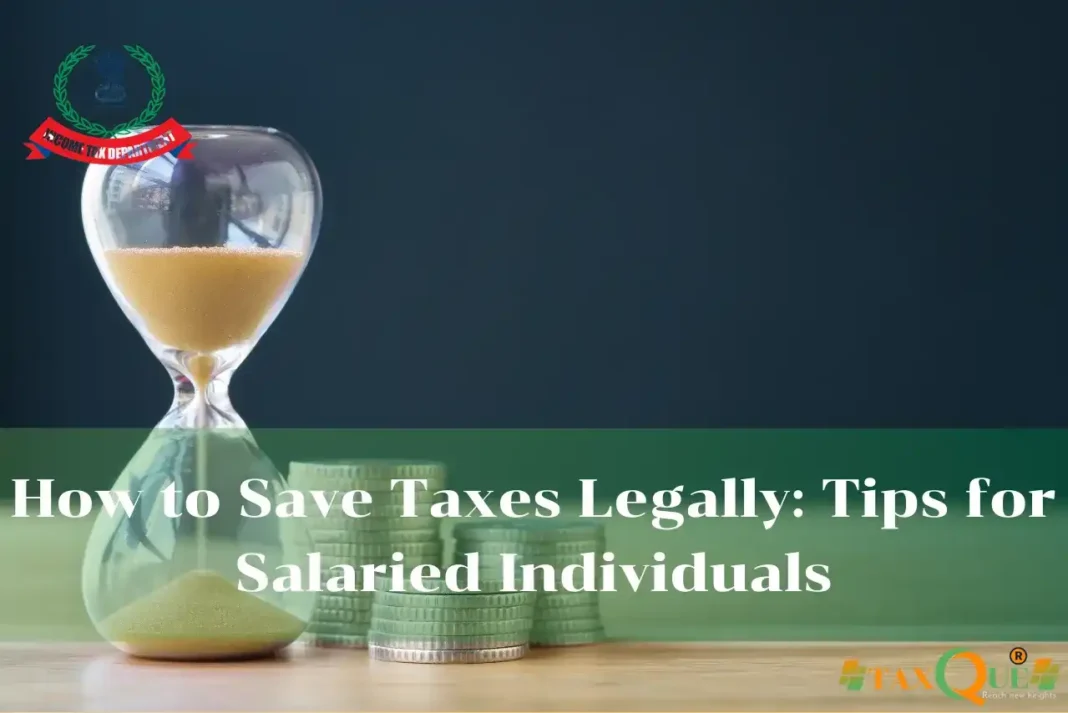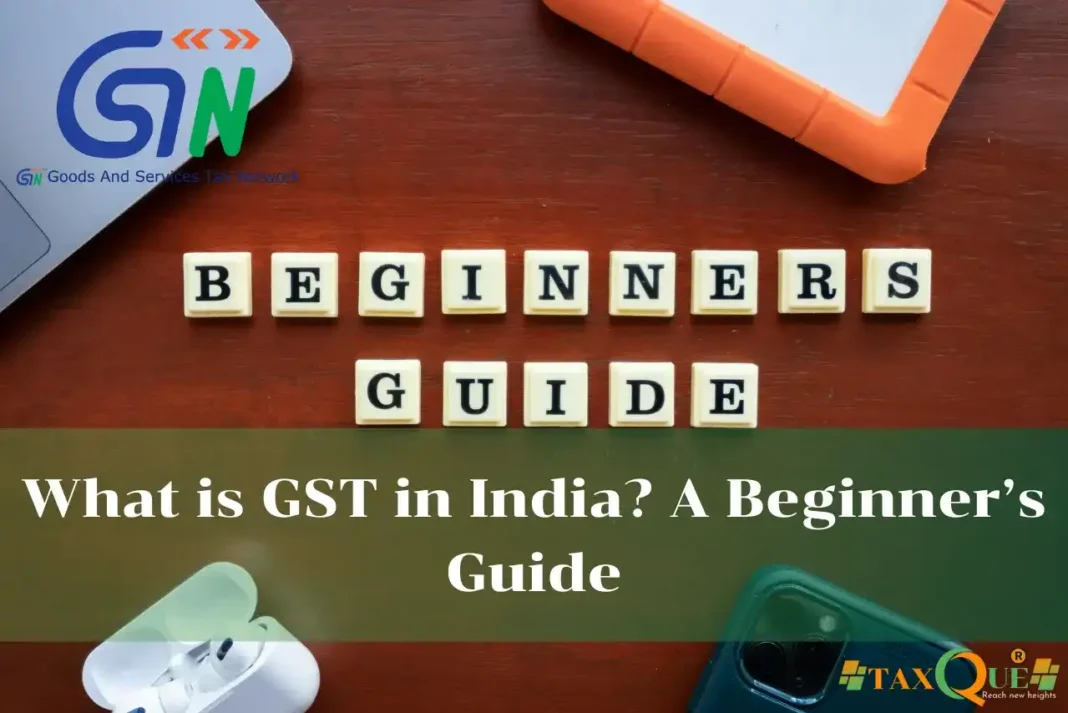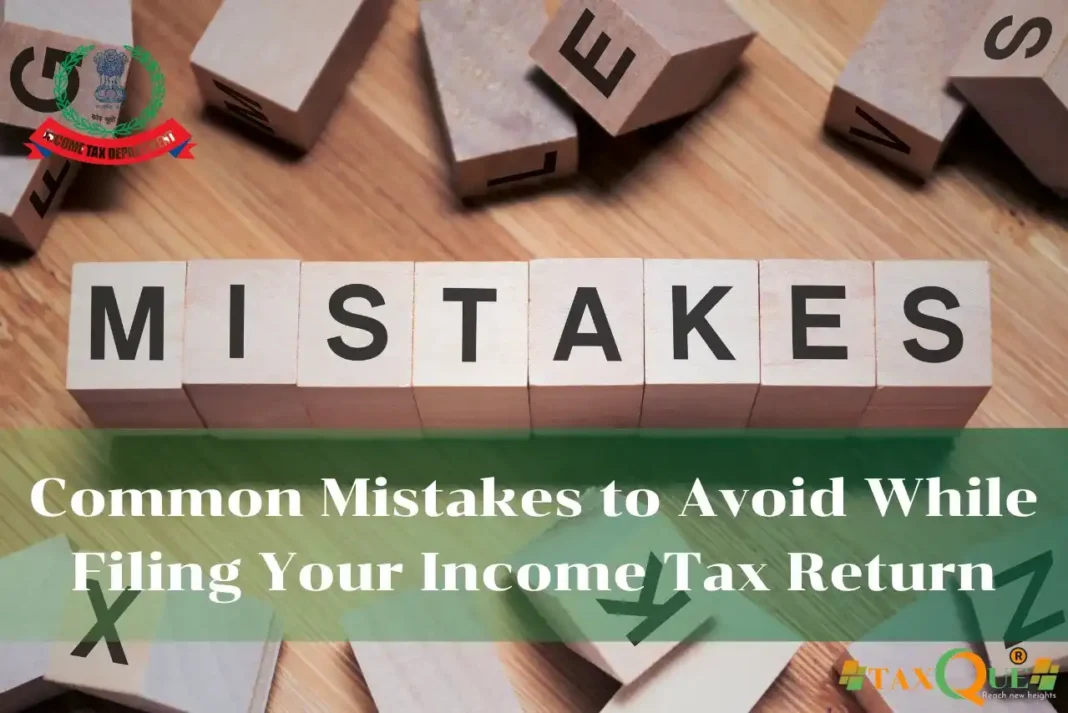Smart & Legal Tax Saving Hacks Every Salaried Indian Must Know in 2025!
Introduction
Every salaried individual in India wants to reduce their tax burden without breaking the law. Thankfully, the Income Tax Act offers several legal avenues to save taxes while helping you build wealth and financial security. From claiming deductions under Section 80C to making smart investments and utilizing employer benefits, this blog will guide you through legitimate tax-saving strategies for Assessment Year (AY) 2025–26.
What is Legal Tax Saving?
Legal tax saving means reducing your taxable income by claiming exemptions, deductions, and rebates as provided under the Income Tax Act, 1961. It involves smart financial planning without resorting to evasion or non-compliance.
Why It Matters
- Reduces Tax Burden: Helps retain more of your hard-earned income.
- Promotes Investment Discipline: Many tax-saving instruments offer long-term returns.
- Ensures Compliance: Legal strategies keep you on the right side of the law.
- Optimizes Take-Home Salary: Strategic structuring of salary components can reduce TDS.
Step-by-Step Guide: Legal Tax Saving Tips for Salaried Individuals
1. Maximize Deductions Under Section 80C (Limit ₹1.5 Lakh)
Invest in eligible instruments like:
- 1. Public Provident Fund (PPF)
- 2. Employee Provident Fund (EPF)
- 3. Life Insurance Premiums
- 4. 5-Year Tax-Saving Fixed Deposits
- 5. Equity Linked Saving Scheme (ELSS)
- 6. Principal repayment on home loan
- 7. Sukanya Samriddhi Yojana (for girl child)
💡 Pro Tip: ELSS offers high returns with tax benefits and a lock-in of just 3 years.
2. Claim Standard Deduction of ₹50,000
All salaried employees can claim this flat deduction—no documentation needed.
3. Section 80D: Health Insurance Premiums
Deduction for premiums paid:
- ₹25,000 for self, spouse, and children
- ₹50,000 for senior citizen parents
4. HRA (House Rent Allowance) Exemption
If you live in rented accommodation, claim exemption on HRA based on:
- Actual HRA received
- Rent paid minus 10% of salary
- 50% of salary (metro cities) or 40% (non-metro)
📝 Keep rent receipts and landlord PAN (if rent > ₹1 lakh/year).
5. NPS – Section 80CCD(1B)
Additional ₹50,000 deduction available for contributions to National Pension System, over and above 80C.
6. Education Loan Interest – Section 80E
No limit on deduction for interest paid on education loan for self, spouse, or children.
7. Home Loan Interest – Section 24(b)
Deduction up to ₹2 lakh on interest paid on home loan (for self-occupied property).
8. Leave Travel Allowance (LTA)
Can be claimed twice in a block of 4 years. Covers domestic travel fare for self and family.
9. Meal Coupons, Fuel Reimbursements, and Tax-Free Perks
Utilize employer benefits like:
- Sodexo/Meal coupons (up to ₹2,200/month)
- Car lease policy
- Internet reimbursement
- Gift vouchers up to ₹5,000
10. Switch to the Regime That Benefits You Most
If you claim many deductions, the Old Tax Regime might offer more savings. If you don’t, consider the New Regime with lower slab rates.
Common Mistakes to Avoid
- 1. Ignoring Form 16 and Form 26AS while planning taxes
- 2. Forgetting to declare and claim HRA or LTA
- 3. Missing 80D or 80CCD(1B) deductions
- 4. Investing only for tax saving without assessing returns
- 5. Not informing your employer about investment declarations
Conclusion
Saving taxes legally is not only possible but also beneficial for your long-term financial health. By utilizing deductions under sections like 80C, 80D, and 80E, taking advantage of exemptions like HRA and LTA, and making informed investment decisions, salaried individuals in India can significantly reduce their tax liability. Plan early, document your expenses, and consult a professional if needed to make the most of the benefits allowed by law.
FAQs
Q1. Is investing in ELSS better than PPF for tax saving?
ELSS has a shorter lock-in and higher returns, but also higher risk. PPF is safer and long-term.
Q2. Can I claim HRA and home loan benefits together?
Yes, if you live in a rented house in another city while repaying a home loan.
Q3. What’s the limit under 80C for tax saving?
The maximum limit is ₹1.5 lakh per financial year.
Q4. Are gift vouchers from employers taxable?
Vouchers up to ₹5,000/year are tax-exempt.
Q5. Can I switch between old and new tax regimes each year?
Salaried individuals can choose every year; self-employed can switch only once.





